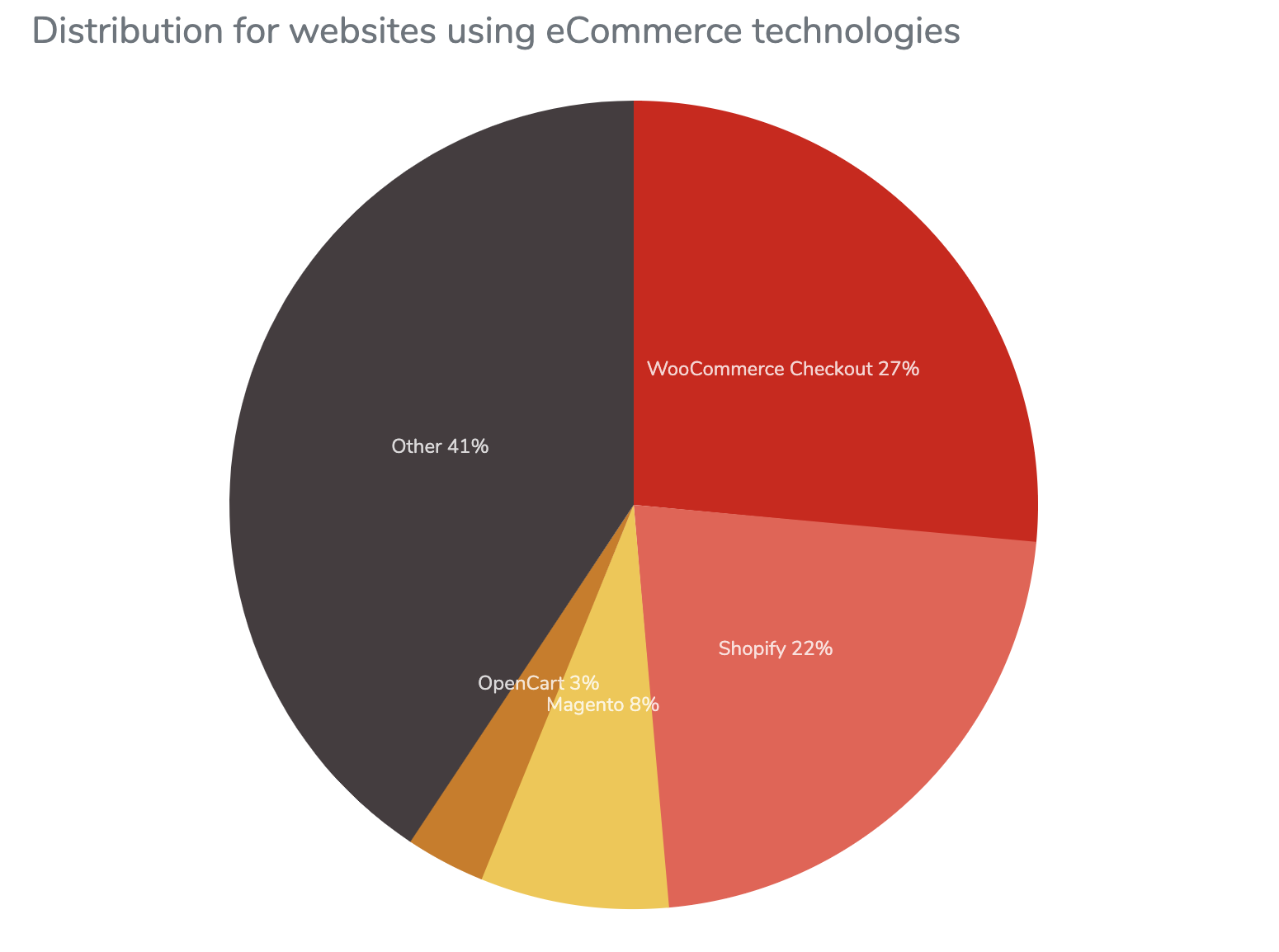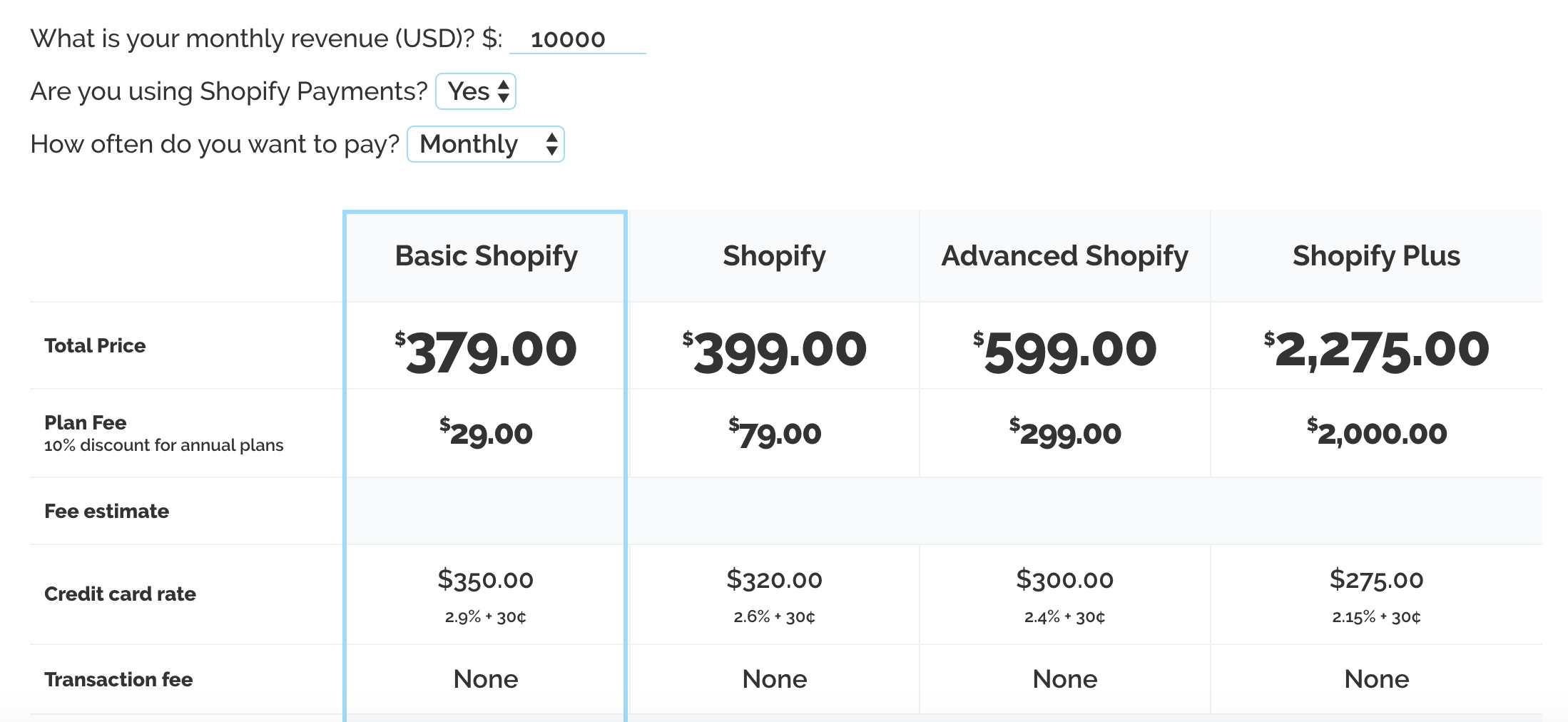As we get closer to the end of the year, we’ve heard more and more from Magento customers looking to migrate to Shopify.
That’s because in September last year, Magento announced some BIG news: beginning in June 2020, they will no longer support Magento 1 customers. Instead, they’re releasing a new product: a better, more innovative version of Magento 1 called Magento 2.
As a result, all Magento 1 customers must transfer their stores and data from Magento 1 to Magento 2 by June 2020.
Without a doubt, Magento 2 is going to be a better e-commerce solution than Magento 1, but the main questions are:
Is Magento migration worth your time and money?
Are there any better and more cost-effective Magento 2 alternatives?
In this article, we’re going to review the benefits and shortcomings of Magento 2, as well as some alternative solutions. If you’re a Magento 1 customer, what you decide to do next will have a considerable impact on your e-commerce business. We hope to help you make an informed decision.
Let’s get started.
What Magento 1 End of Life Means for You
If you choose to migrate to Magento 2, you’ll get a much better, more expensive e-commerce platform.
Benefits of Magento 2
Here are the most important benefits you can expect if you move from Magento 1 to Magento 2:
- Modern Technology Stack
- Unlike Magento 1, Magento 2 supports modern technology like PHP7, Apache, Nginx, and others.
- More Optimized Code
- The new architecture of PHP7 code will allow merchants to make their Magento sites more customizable than ever before. Finally, you’ll be able to achieve the stunning design found on almost every other e-commerce platform.
- Mobile Optimization
- Finally (way too late, in our opinion), Magento is publishing mobile-optimized templates.
- Developer Friendly
- Magento 2 is built according to modern development logic, which means that your developers can easily manage, maintain, and develop your e-commerce website.

Problems with Magento 2
All of that sounds nice, but there are a few drawbacks of moving from Magento 1 to Magento 2 to consider.
Magento 2 Enterprise Edition is EXPENSIVE.There are three different versions of Magento 2:
- Community Edition, which is open source and free. CE inherits most of the major architectural changes of M2, but is limited in scalability, customization, support, security, merchandising, and more.
- Enterprise Edition (now called Magento Commerce)
- Enterprise Cloud Edition (now called Adobe Commerce Cloud), which combines an Enterprise license with cloud hosting services.
Note that Magento is very negotiable when it comes to pricing, so these aren’t hard-and-fast numbers--but it is their pricing table. If your needs outpace what is offered in the Magento Community Edition, you can expect pricing of at least $22,000 per year.
Magento 2 is not compatible with all Magento 1 extensions.- Many extensions that work on Magento 1 don’t work on Magento 2, at least for now.
How Much Will it Cost to Migrate from Magento 1 to Magento 2?
Not only do you have to consider the increased cost of Magento 2 (assuming you aren’t using the Community Edition) but also the cost of the migration process. Regardless of the platform, migrating to Magento 2 can be both time-consuming and expensive.
How long and costly it will be will depend on the size of your online store and the amount of data.
The dollar figure will vary from one developer to another, but you’re going to need an experienced one to get you through with minimal hiccups. Now is not the time to skimp. Sloppy migration can cost you thousands of dollars in lost sales, time, and “fix it fees.”
According to the Magento community, a minimal price you can expect to pay to migrate from Magento 1 to Magento 2 is around $6,000 for very basic stores, all the way up to $50,000 or more for bigger, more complex stores.
Shopify as an Alternative to Magento 2
Fortunately, Magento is not the only e-commerce platform on the web. Over the years, while Magento was still the “outdated” and more complex e-commerce solution, several new, more user-friendly, customizable Magento alternatives were born.
One of them is Shopify.
Shopify has become one of the most popular e-commerce platforms on the market. To be precise, Shopify is currently the second most popular platform by market share, with an amazing 22%, while the Magento is third with 8%.

Chart by BuiltWith
Benefits of Shopify over Magento 2
So, why do twice as many e-commerce entrepreneurs use Shopify over Magento?
- Better Customization Capabilities
- Shopify offers dozens of beautiful templates that can get you up and running right out of the box, but where it really shines is with total customization. In other words, you can have the e-commerce store of your dreams!
- Superior App Stack
- Although Magento has more apps than Shopify (over 5000 different extensions and modules), Shopify (with around 2500 apps) has a more flexible stack. Most Magento apps are built only for Magento, while Shopify heavily promotes cross-platform integration with other tools you use to run your business. This level of cooperation goes a long way to making your workflows easier and more efficient.
- User-Friendly Interface
- Shopify is exceptionally user-friendly--you don’t need to be a developer to understand how to make changes to your store. The admin panel in particular is a breeze.
- More Support
- Shopify offers a LOT of support for their merchants, while with Magento, the only time you’ll speak with them is when you pay your licensing fees.
Although there are many other benefits of a Magento to Shopify migration, these are the main ones that apply to almost everyone.
(Want some customized advice based on your unique situation? Schedule a free consultation with us right here!)
Magento Vs. Shopify Cost Comparison
It’s tough to make an apples-to-apples comparison between Shopify and Magento 2 based on dollars alone. Which plan is right for you depends on your monthly or annual revenue, whether you want to use Shopify Payments or not, and other factors. For example, if you’re clearing $120,000 a year in total revenue, you could be paying anywhere from $379 to $2,275 per month.
To get a rough idea of how much you’ll pay to run your business on Shopify, check out this handy calculator from the experts at E-Commerce Platforms.

Shopify also nets you a 64% discount on shipping with DHL, USPS, and UPS, which can be a huge money saver.
Don’t forget about integrations! The average price for Magento SEO plugins is around $300 per month, while with Shopify, you can find high-quality integrations for as little as $10 per month.
“But I DO want an apples-to-apples comparison!”
Okay, we hear ya.
Or rather, e-commerce re-platforming consultant Paul Rogers did. In this exhaustive article, he broke down the significant differences and similarities between Magento and Shopify. He also reported the following estimates* for the cost of ownership on the two platforms, given his experience.
(Note that his estimates apply to relatively simple mid-level e-commerce businesses with $4 million - $20 million online turnover.)
|
|
Magento Commerce Cloud |
|
|
Average website build cost |
$60,000 - $250,000 |
$100,000 - $250,000 + |
|
Annual licensing cost |
$24,000 |
~ $80,000 |
|
BAU development costs |
$36,000 - $60,000 |
$36,000 - $120,000 |
|
App costs (average) |
$3,000 ($250/mo) |
/ |
|
Average annual hosting fees |
/ |
$24,000 - $48,000 |
|
Average annual maintenance retainer cost |
/ |
$24,000 - $72,000 |
|
TOTAL FIRST YEAR COST |
$123,000 - $287,000 |
$264,000 - $570,000 |
|
TOTAL 3 YEAR COST |
$249,000 – $511,000 |
$592,000 – $1,210,000 |
*The numbers are his; we just made it into a table.
As you can see, on average, Shopify can be 50% more cost-effective than Magento.
The Bottom Line
By June 2020, all Magento 1 users will be forced to move--whether to Magento 2 or another e-commerce platform.
If you’re currently using the Magento Community Edition and are happy with it, then by all means, stick with it and move over to the Magento 2 version. After all, Shopify doesn’t have a free version as Magento does.
On the other hand, even paying $29 a month for Shopify’s most basic package can radically increase the possibilities and capabilities for your online store.
For enterprise e-commerce businesses, the decision requires more thought. Take a look at that table on cost of ownership again, and think critically (and realistically) about your needs.
There’s a reason why the 3,600+ merchants on Shopify Plus enjoy a 126% average year-over-year growth. They’ve got the freedom to grow quickly, efficiently, and reliably. This easy-to-use platform keeps you at the forefront of an ever-changing industry without hassle.

















